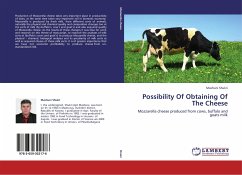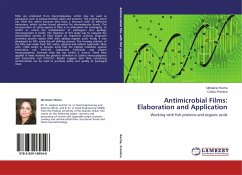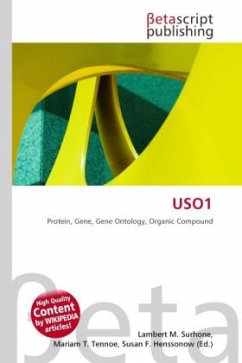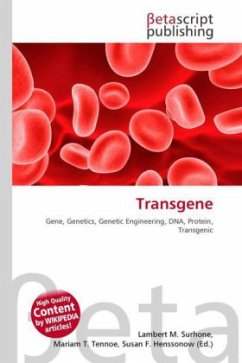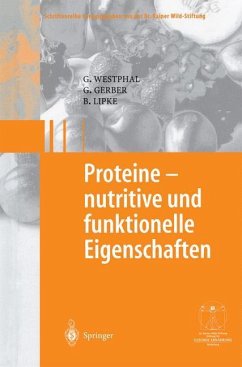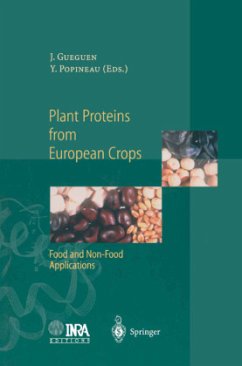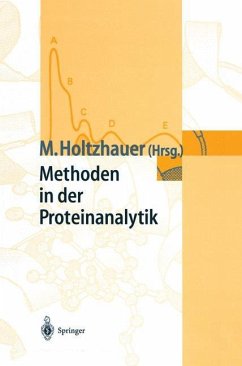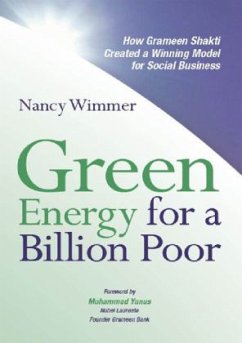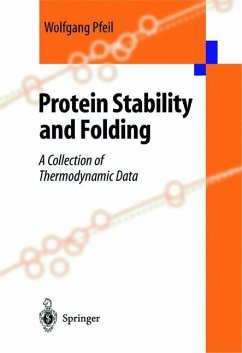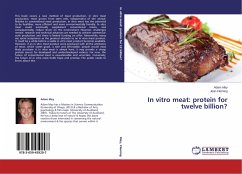
In vitro meat: protein for twelve billion?
Versandkostenfrei!
Versandfertig in 6-10 Tagen
30,99 €
inkl. MwSt.

PAYBACK Punkte
15 °P sammeln!
This book covers a new method of meat production, in vitro meat production, meat grown from stem cells, independent of the animal. Relative to conventional meat production, in vitro meat has the potential to be healthier, more efficient and more environmentally friendly. In vitro meat could eventually supplement conventional meats, and consequentially, reduce strain on the environment. However, challenges remain: research and technical advances are needed to achieve commercial-scale production and there is limited funding on offer. Meanwhile, many see social acceptance as the greatest obstacle...
This book covers a new method of meat production, in vitro meat production, meat grown from stem cells, independent of the animal. Relative to conventional meat production, in vitro meat has the potential to be healthier, more efficient and more environmentally friendly. In vitro meat could eventually supplement conventional meats, and consequentially, reduce strain on the environment. However, challenges remain: research and technical advances are needed to achieve commercial-scale production and there is limited funding on offer. Meanwhile, many see social acceptance as the greatest obstacle to an in vitro meat product. It could be a while before a viable in vitro meat product becomes available. However, if an in vitro meat product were produced with all the attributes of meat, which tastes good, is safe and affordable, people would most likely purchase it. In vitro meat is almost here; it may provide a cheap protein source for developed and underdeveloped nations. For now, thefuture of conventional meat is unsustainable and uncertain. Conversely, the future of in vitro meat holds hope and promise. The public needs to know about this.



